The historic center of the city of Caracas, Venezuela, holds many surprises, little paradisiacal corners within the chaotic city that surrounds us and just a few steps from my residence, better than that!
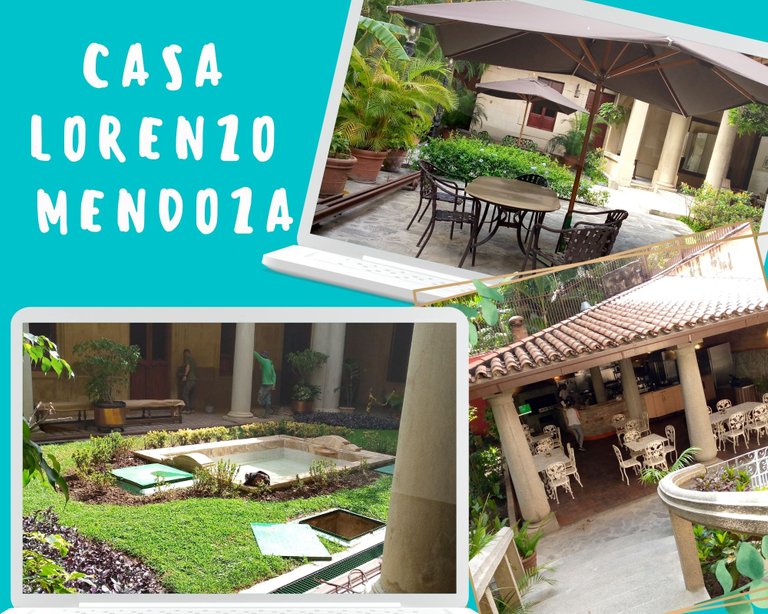
Today I am going to tell you about my recent visit to the Casa de Estudio de la Historia de Venezuela "Lorenzo Alejandro Mendoza Quintero" or as its nomenclature Casa 22-24 indicates.
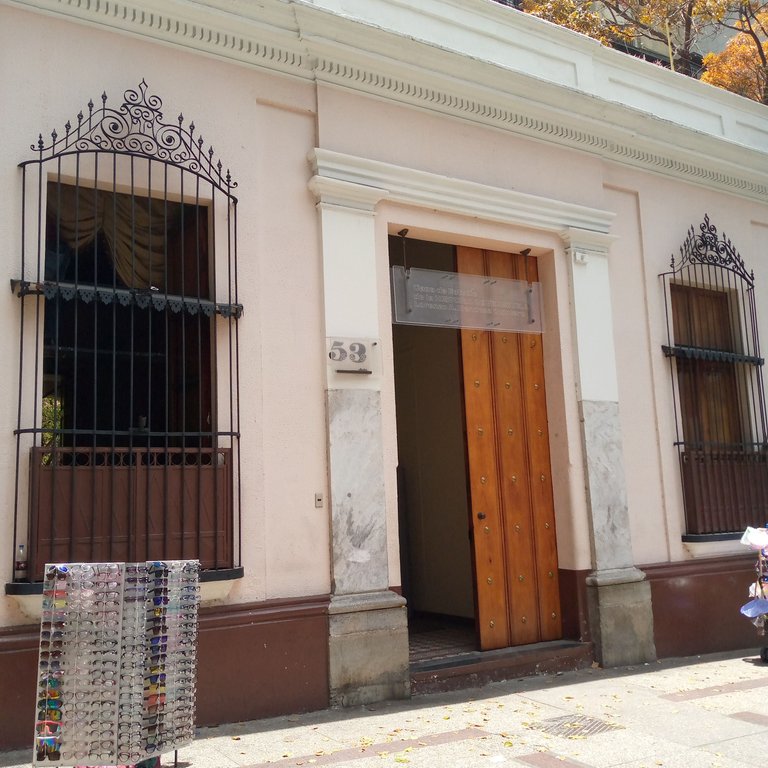
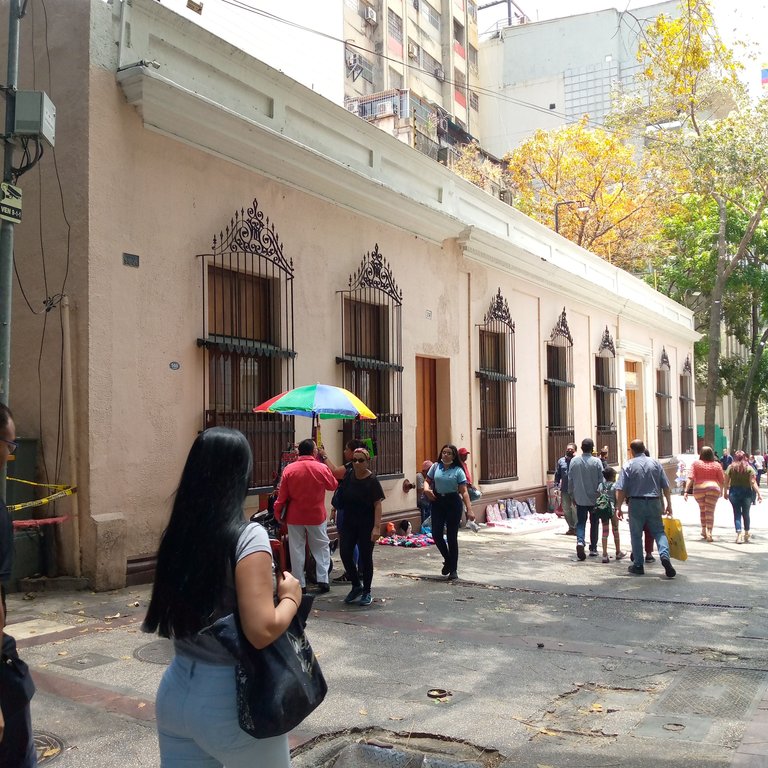
Located on Boulevard Panteón Nacional, between Avenida Urdaneta and the corner of Jesuitas, less than 200 meters north of Plaza Bolívar. It is a house that does not attract much attention from the outside. The large number of people passing through this place and the hawkers standing on its facade do not allow you to see the beauty of the house, by the way, its facade is neglected.
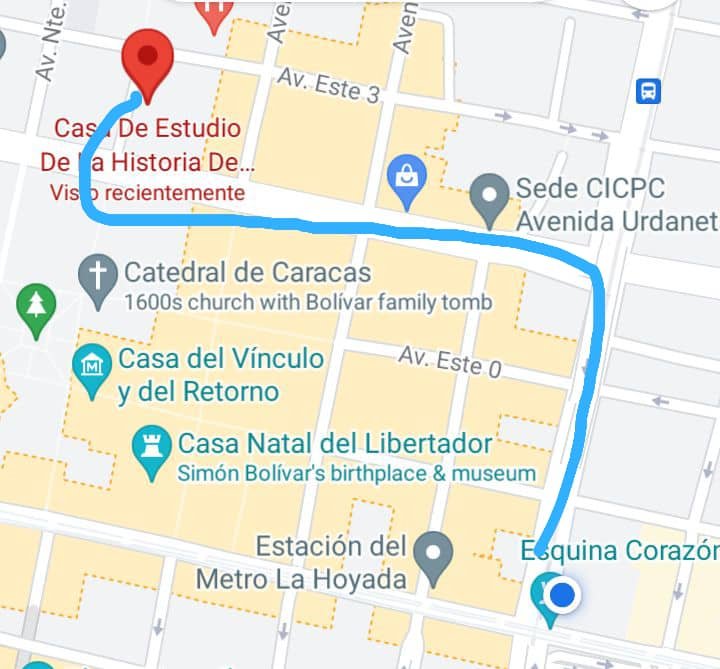
Here is the map code [//]:# (!pinmapple 10.508339 lat -66.913531 long Casa Lorenzo Mendoza d3scr)
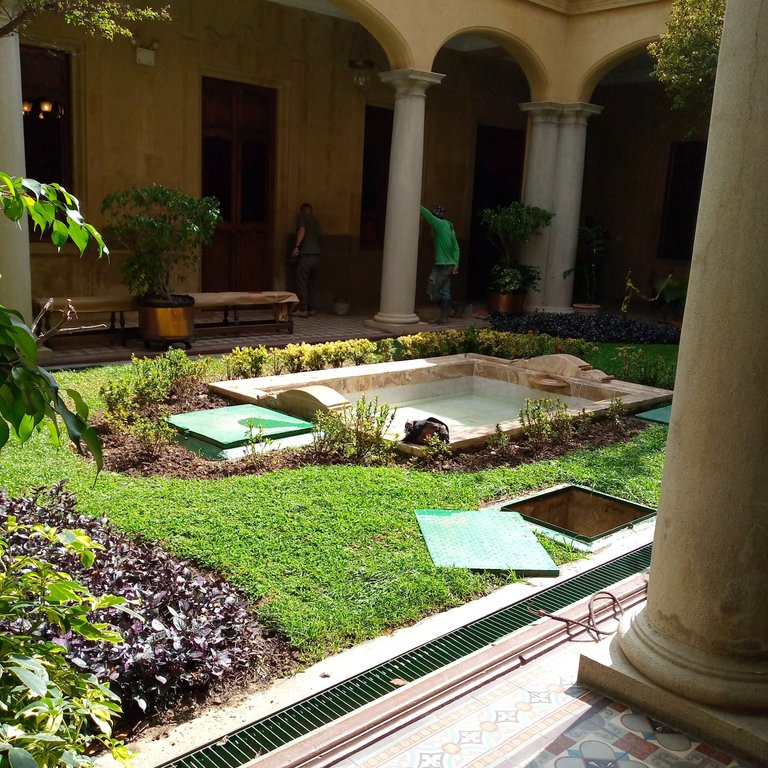
History of the House
It turns out that back in 1761 (261 years ago!), the monks of the Jesuit order began the construction of the College of the Society of Jesus in what is now the house. By the way, the corner to the north of this house is called precisely Jesuitas corner, now we know the reason; but it turns out that 6 years after the construction began, the Spanish monarch Carlos III ordered the suspension of the works, that is to say, a school never functioned there.
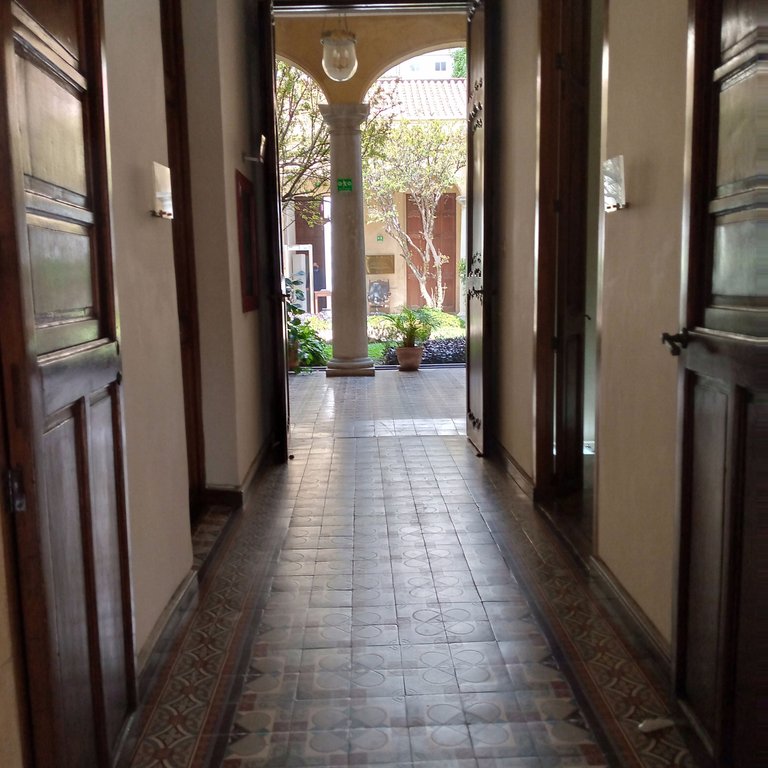
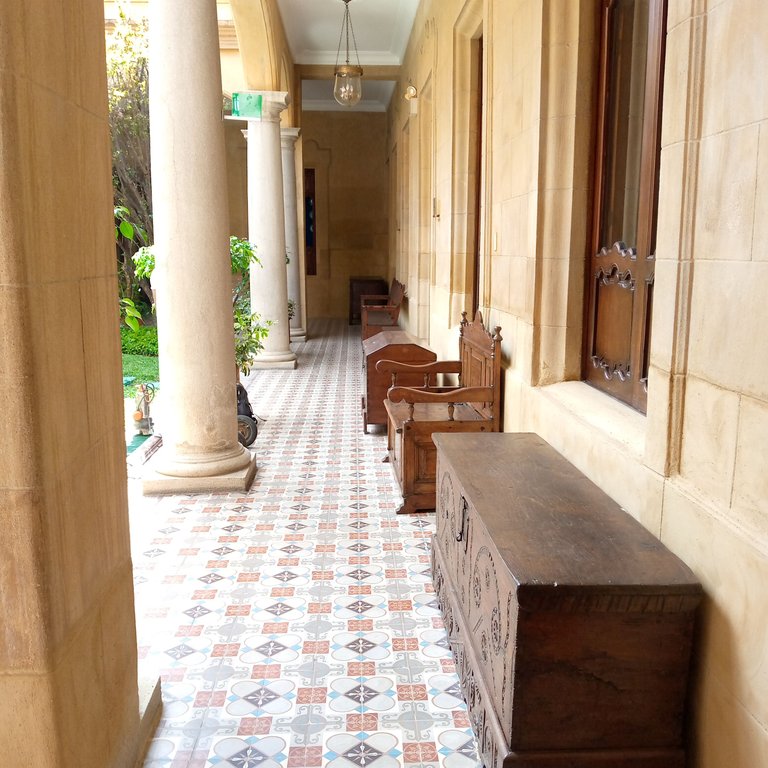
But then, what happened to the house; it turns out that between the XVIII and XIX centuries, the house functioned as:
- Headquarters of the Caracas Veterans Battalion between 1771 and 1777.
- Royal domicile of the mint between 1810 and 1818.
- Facilities of the Colegio El Salvador del Mundo between 1849 and 1859.
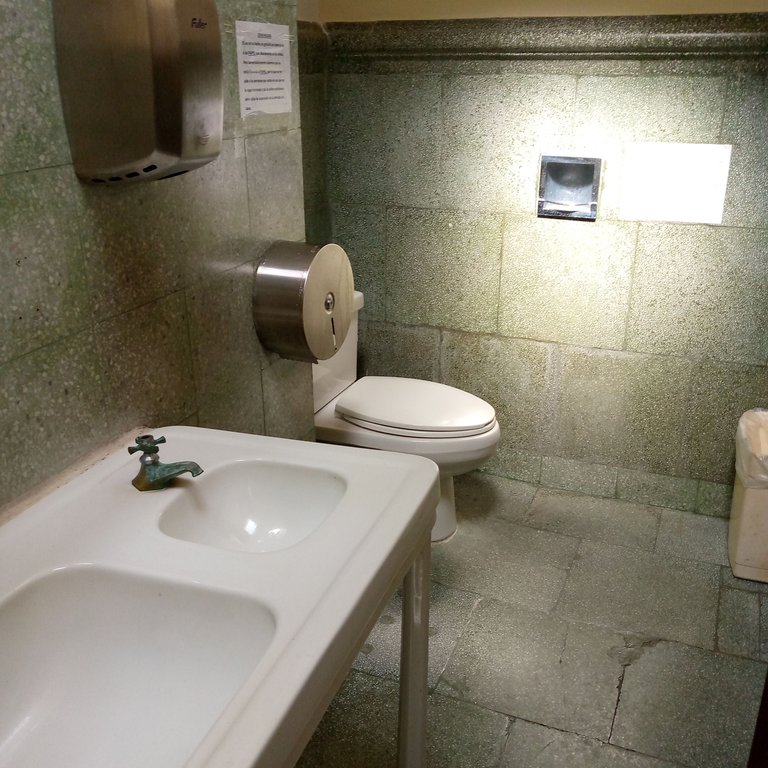
Until in 1893, Mr. Lorenzo Mendoza Buroz bought the house N° 22 and fixed his residence there and in 1903 he acquired the adjoining house marked with N° 24. Now we know the reason for its nomenclature, House N° 22-24. For several decades this house was the residence of the Mendoza family.
Here I quickly digress so as not to get lost. I tell you that Empresas Polar, one of the main beverage and food production companies in Venezuela, was founded by the Mendoza family and throughout its generations the name Lorenzo has remained constant, something like Aureliano Buendía in the book "One Hundred Years of Solitude" written by Gabriel García Márquez.
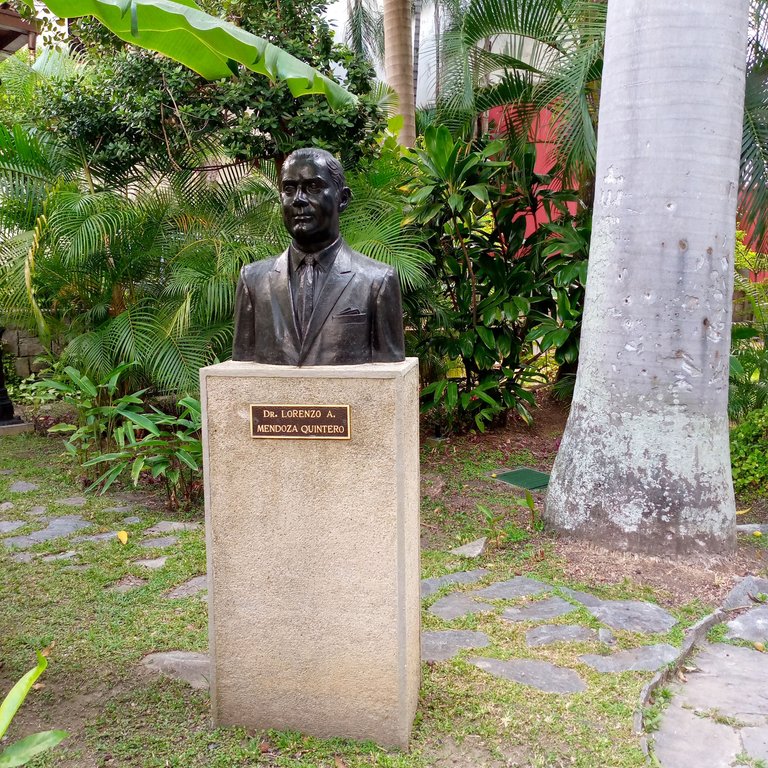
By the way Lorenzo Mendoza Giménez is the current president of Empresas Polar and son of Lorenzo Alejandro Mendoza Quintero, whose name is on the house I am talking about.
After many years of being unoccupied and with the evident deterioration of the years, the Fundación Empresas Polar began its restoration and since 2001, it has been functioning as the Casa de Estudio de la Historia de Venezuela, whose main objective is to promote the study and dissemination of the history of Venezuela.
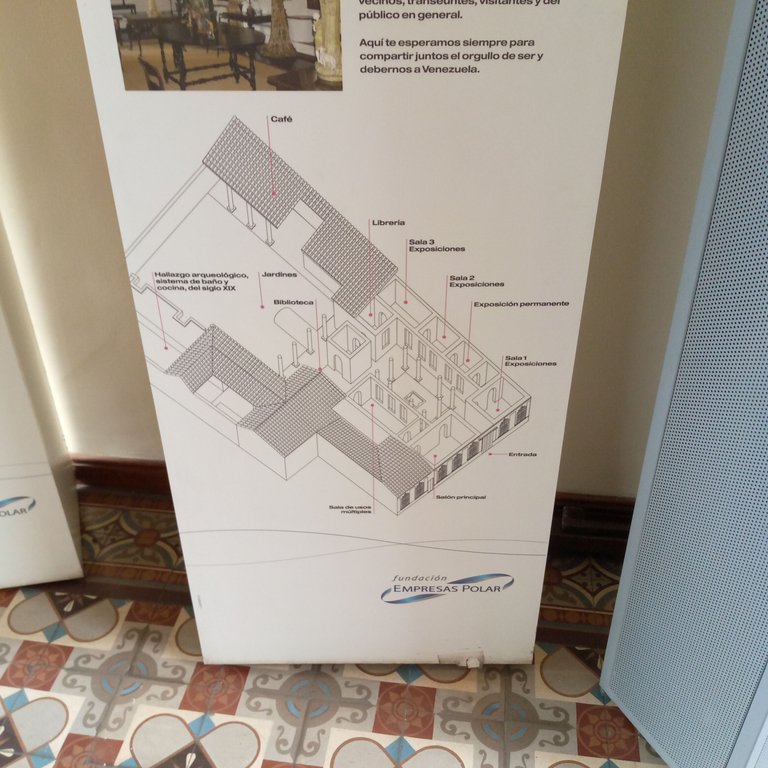
Services offered
- Guided tours for groups.
- Library with publications of the Polar Foundation. It was closed at the time of my visit.
- Temporary and permanent exhibition rooms. At the time of my visit, these spaces were closed for remodeling.
- Café - Restaurant Veroes. Hours from 11:00 a.m. to 03:30 p.m. Offers national and international food. Dishes range from USD $ 10 to $ 12.
- Frequent programming of Workshops on the History of Venezuela. Next Tuesday, May 3, 2022, the workshops "Tell me the History" and "Stories of the Red Roofs" will begin, workshops that will last until September 2022.
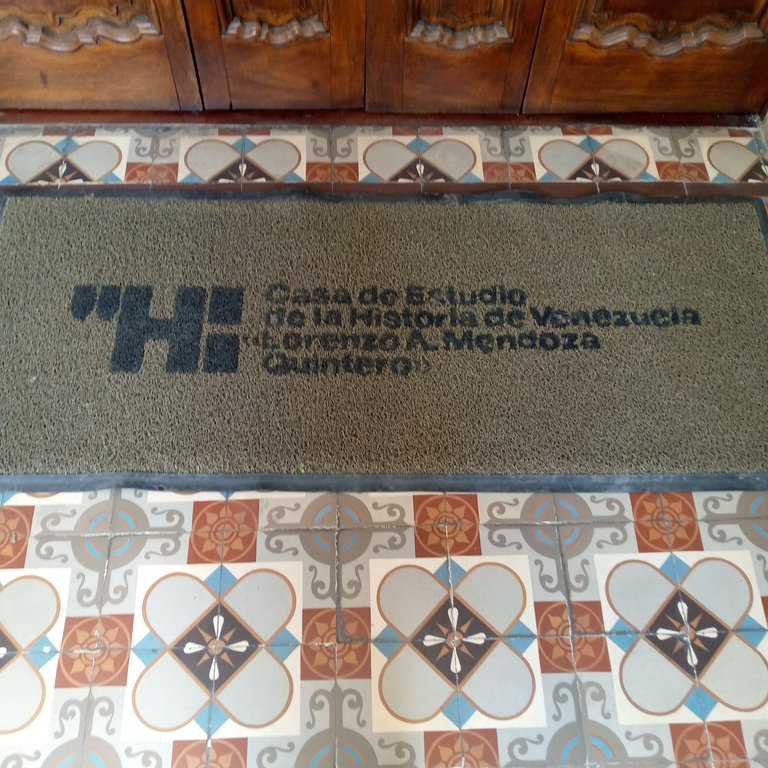
Now, let's go with the visit
Once you enter the small interior hallway you are immediately transported to another era. The antique ceramic floor, the high walls, the large windows and above all the light!

At the end of the corridor you will find a small desk with two security officers, who are very friendly. At this point they will ask you for:
- The Covid vaccination certificate, yes, just as you are reading it, you need to present a physical or photographic proof of having been vaccinated.
- Use of a mask, it is mandatory.
- Once you have presented your vaccination certificate, you pass a metal detector.
- If you carry heavy objects or bags, they will be stored in a trunk of the time. This is probably to prevent you from carrying weight.
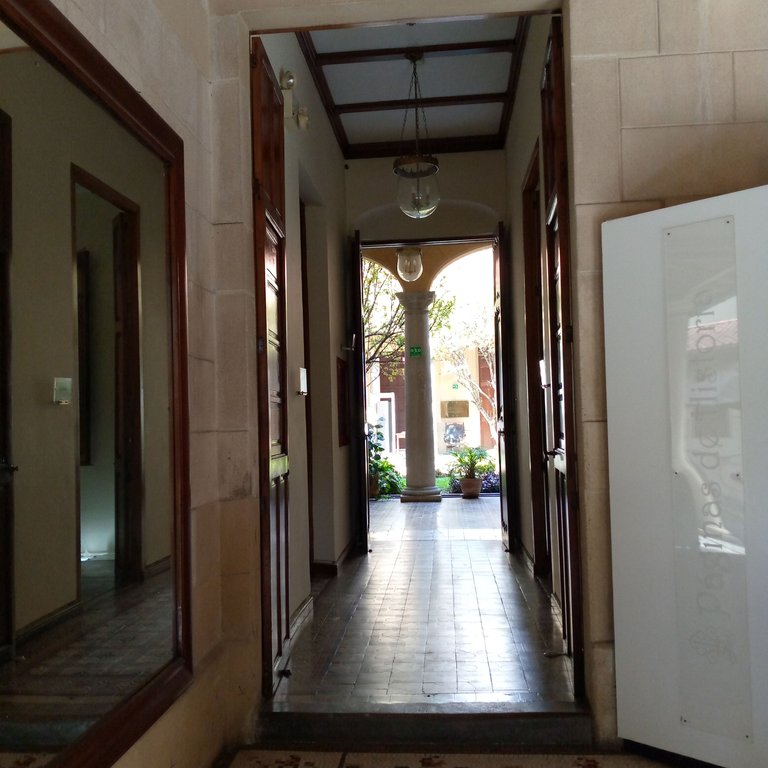
Ready, you are now ready for your tour.
A large inner courtyard welcomes you. It has a water fountain and several ornamental plants, around which there are no less than 10 rooms, which are used as exhibition rooms and multipurpose room, in the latter place are held workshops.
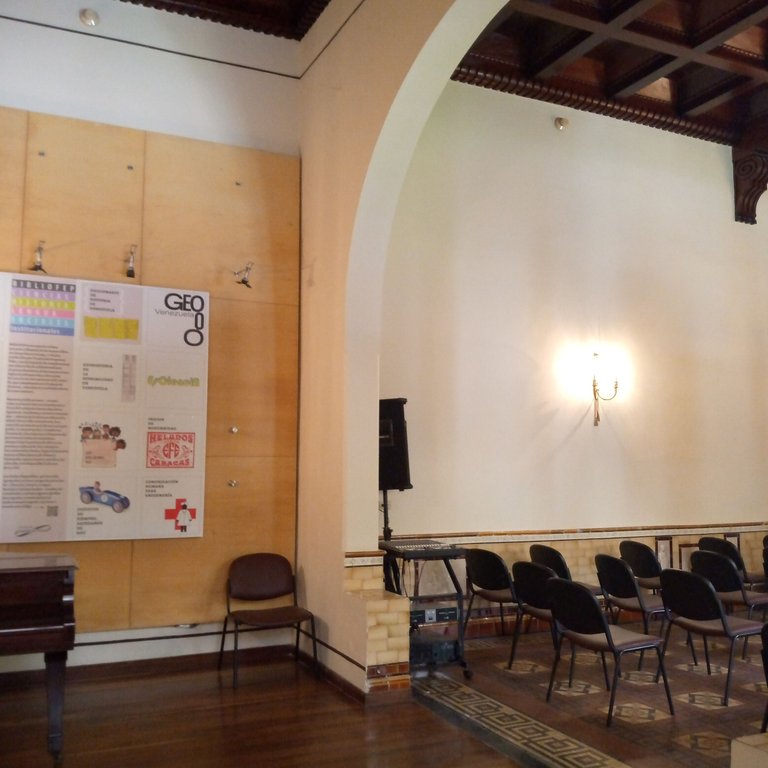
In the bookstore you will find an exhibition of period dishes. They look very beautiful.
Just in front of the bookstore there is a small room and at its entrance you can read "La Cisterna". I tell you that this subway construction was used as a water reservoir, but the truth is that there is no certainty about the purpose of this construction. The work was executed between 1763 and 1767, remember, while the Jesuits were building the school.
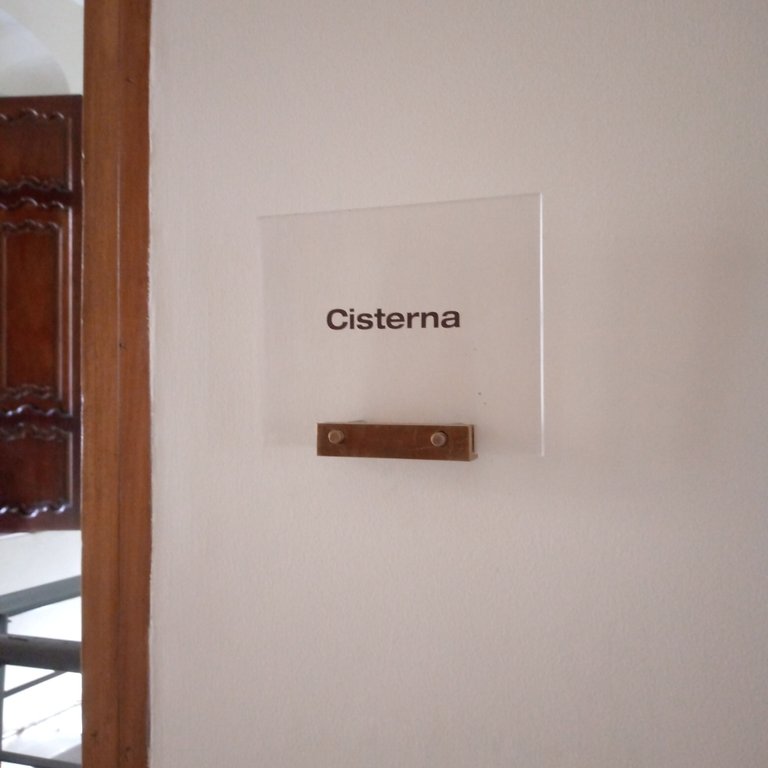
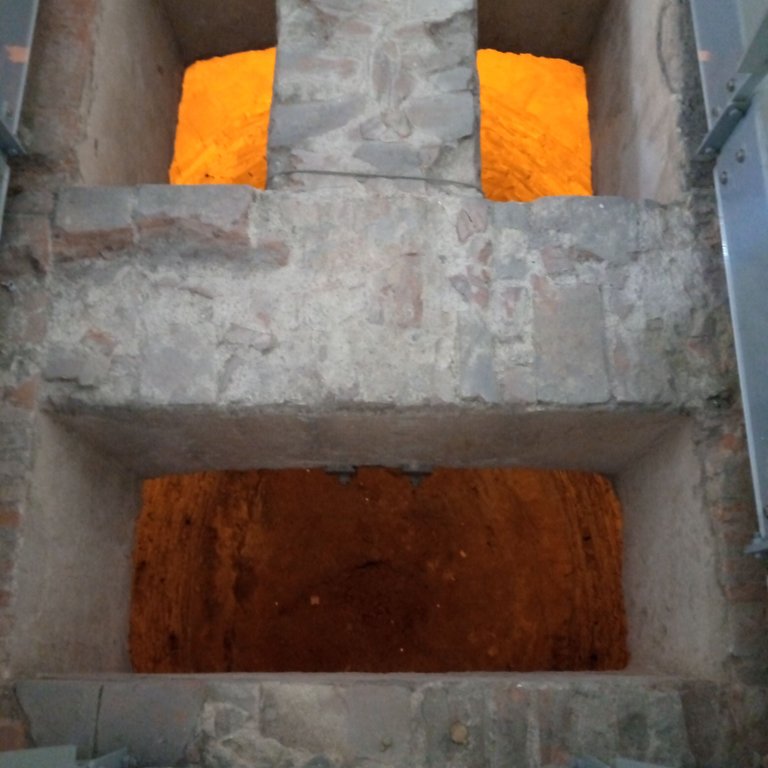
According to the information on the informative signs in this room "...the well presents a development of 5 meters long by 4.5 meters wide and 7 meters deep, crowned by a half barrel vault, elaborated in bricks covered with lime and sand mortar..." Here I show you the photo of the cistern, but truth be told, in the photos you cannot appreciate the depth, nor the magnificence of the well.
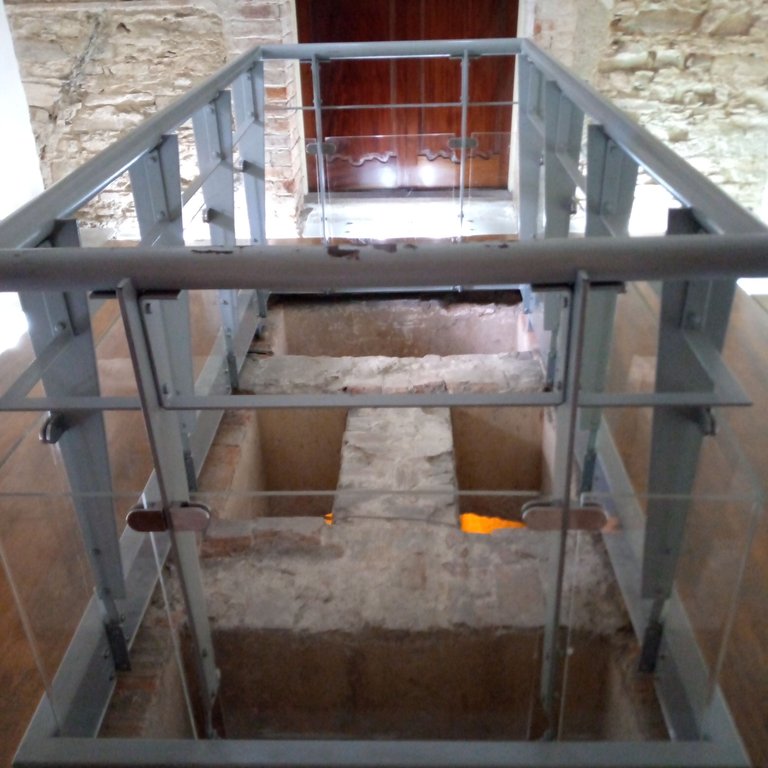
In the years after 1767, modifications were made to the house, leaving the cistern under a room. Its access was through stairs. Historians hypothesize that it was used as a hiding place, prison or warehouse. During the restoration of the house, objects and weapons were found in this place.
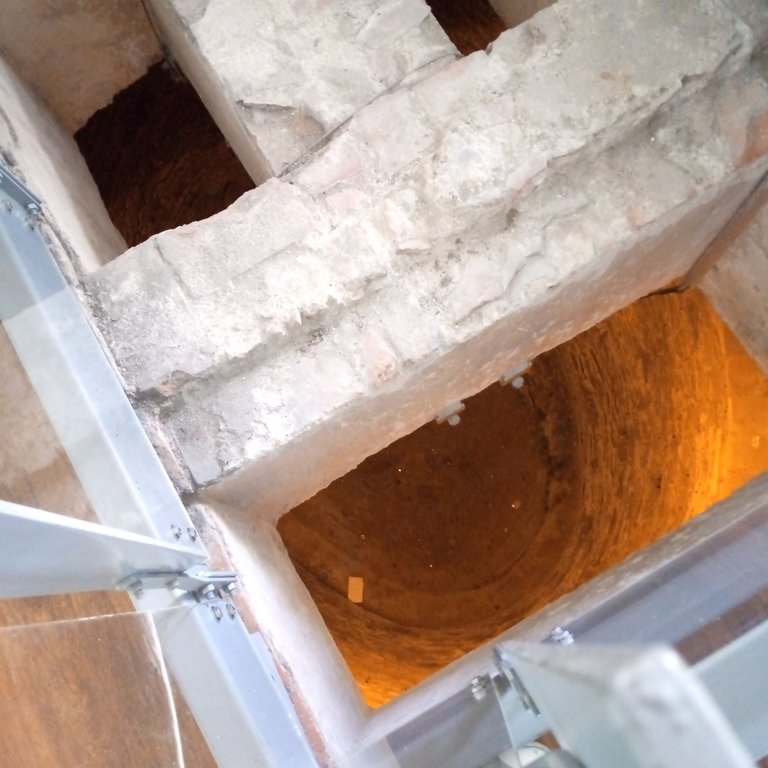
Past the room where La Cisterna is located, there is a wide corridor where visitors can sit and read. At the north end there is a stained glass window from the beginning of the 19th century, a tinajero (stone filter from colonial times), and several colonial mills.
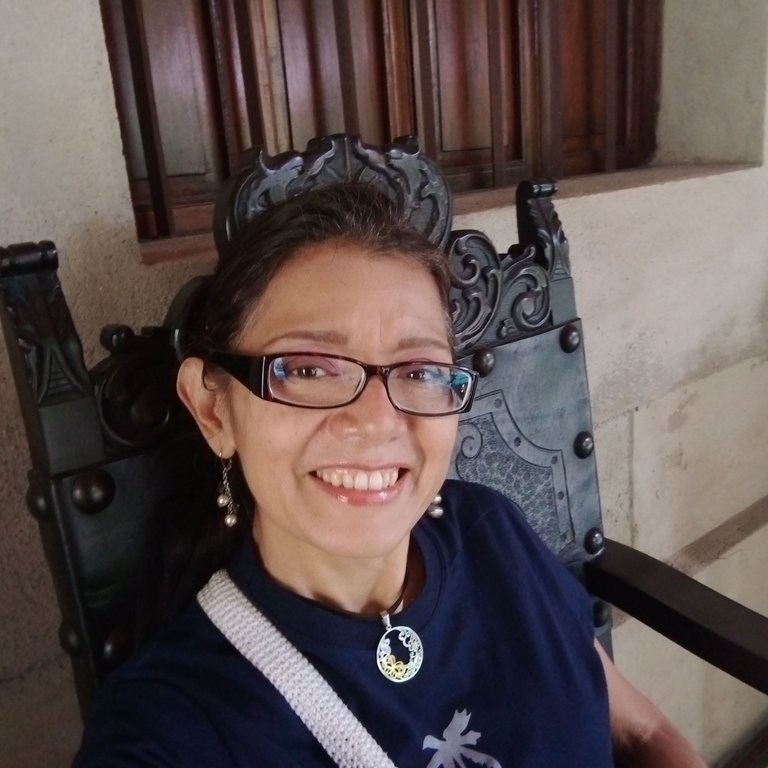

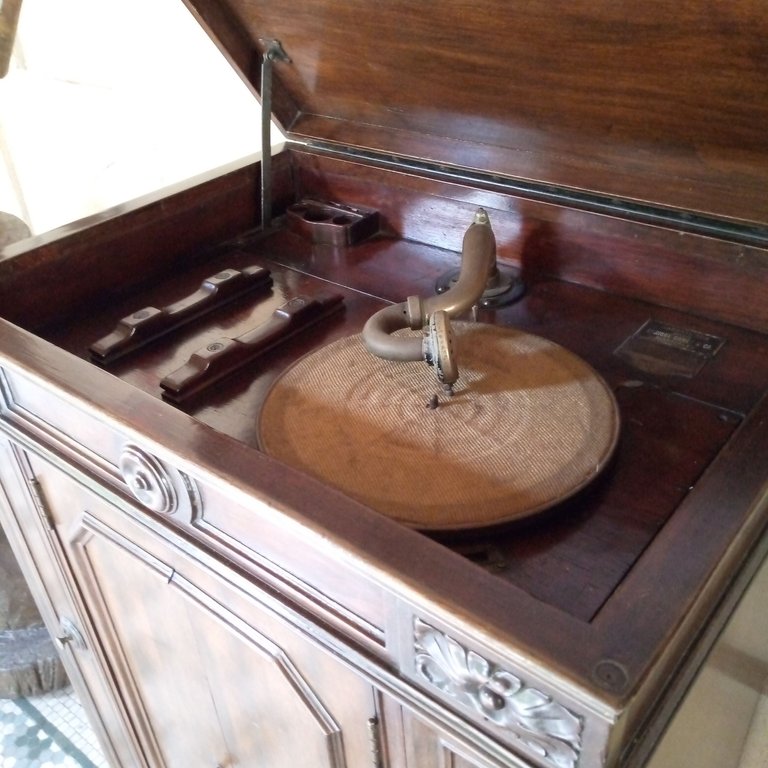
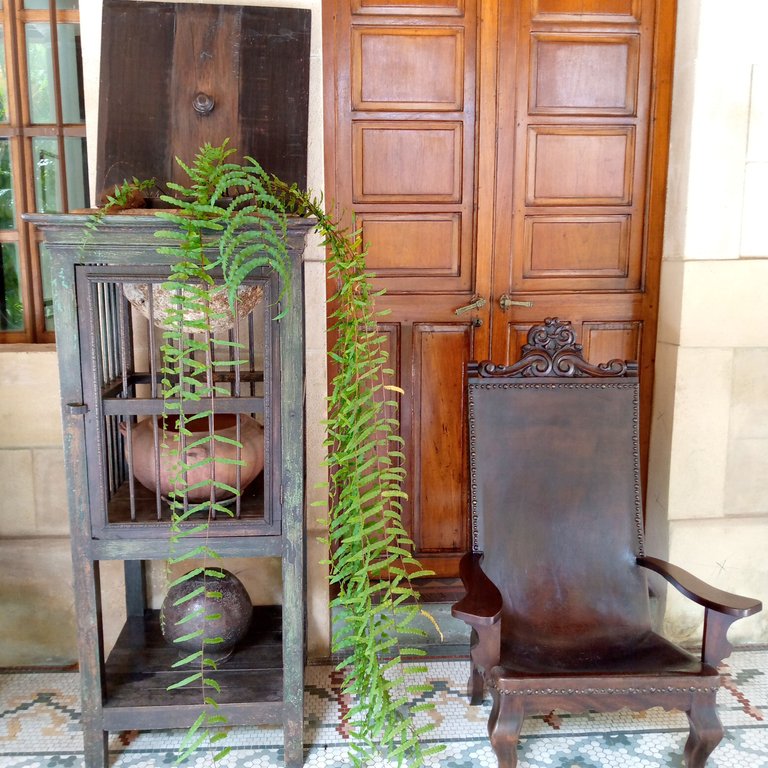
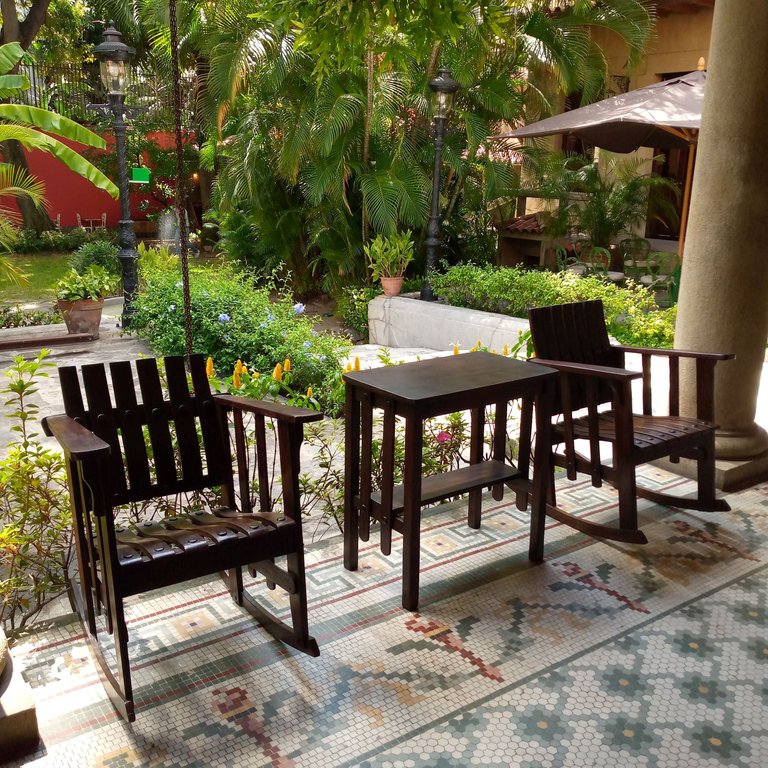
From this corridor we have a magnificent view of the back gardens of the house, a large water fountain and the café-restaurant located at the south end of the patio.
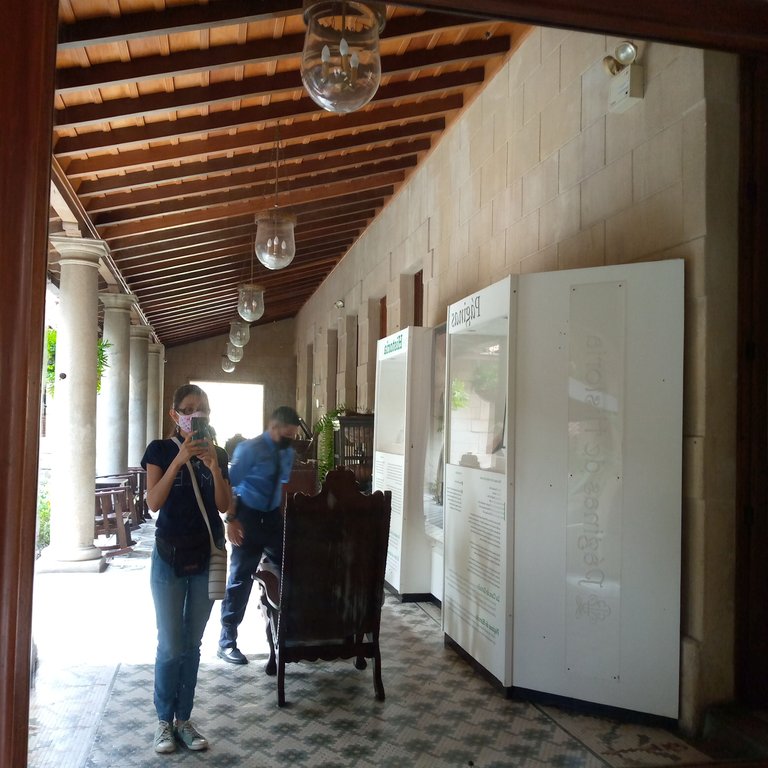
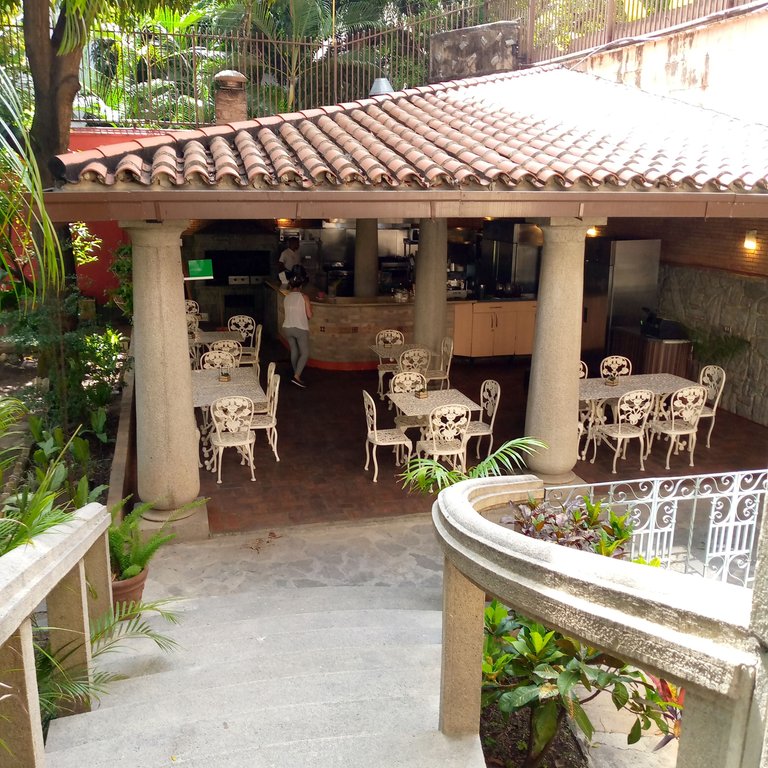
Just in this corridor is the access to the library which consists of 17,000 volumes and has been formed through donations and acquisitions.
Towards the south side, just in front of the back patio, is the room of "La abuela", where you can appreciate a room fully equipped with objects from the colonial era. Needless to say, it is a charming room. It is not possible to access the interior, so you can only contemplate it from the large window.
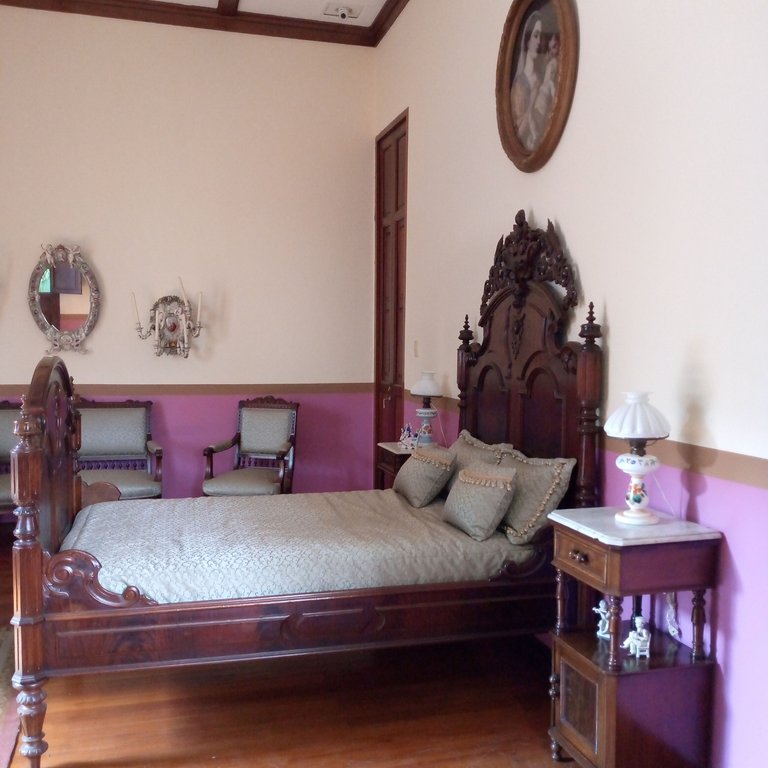
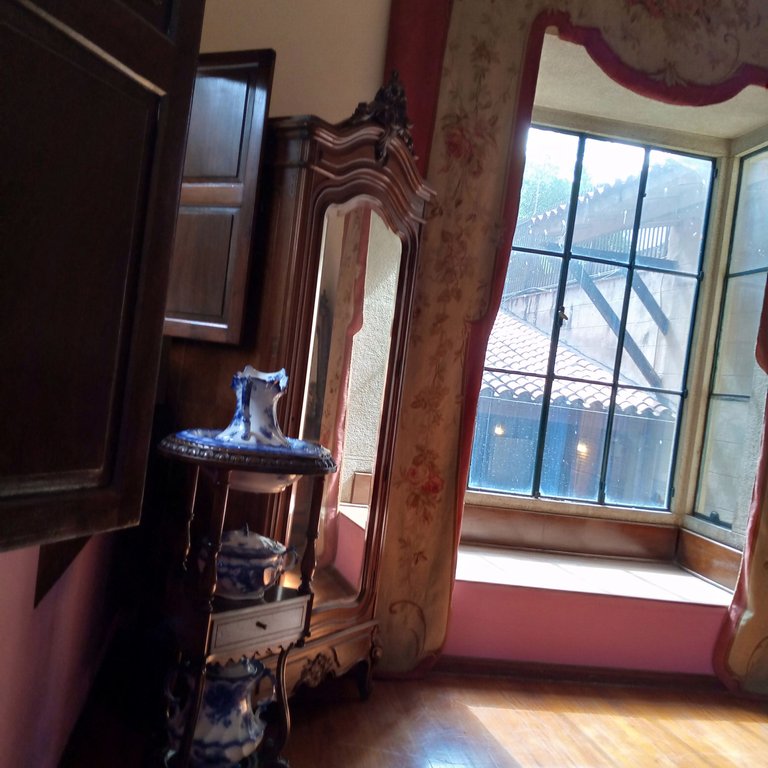
Finally, on the north side of the backyard, there are the archaeological findings of the kitchen and bathrooms, probably built between 1903 and 1930. The bathrooms were built far away from the family house in order to avoid bad odors, since the toilets of that time did not have an "S" shaped flushing system to avoid the return of odors.
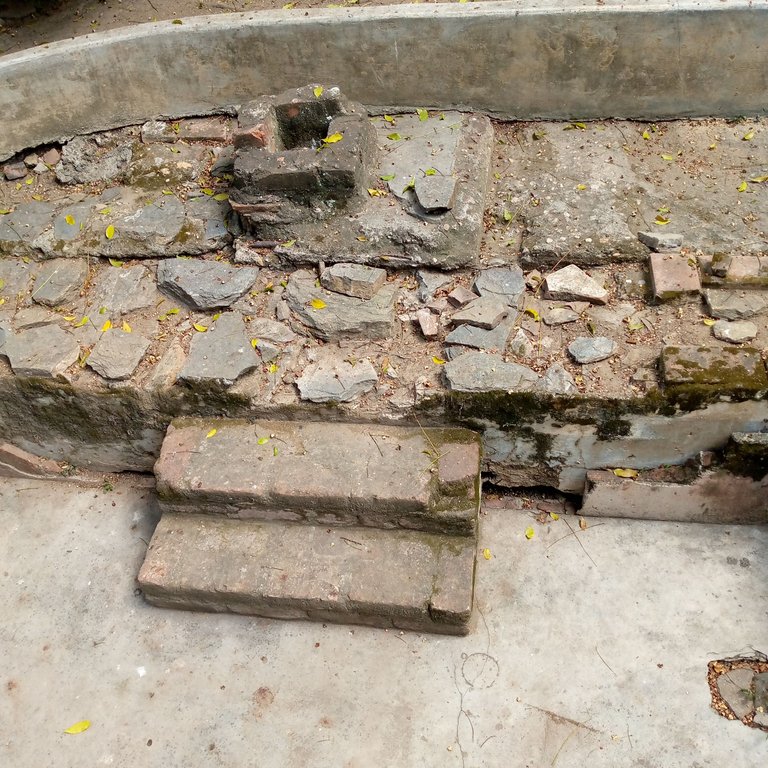
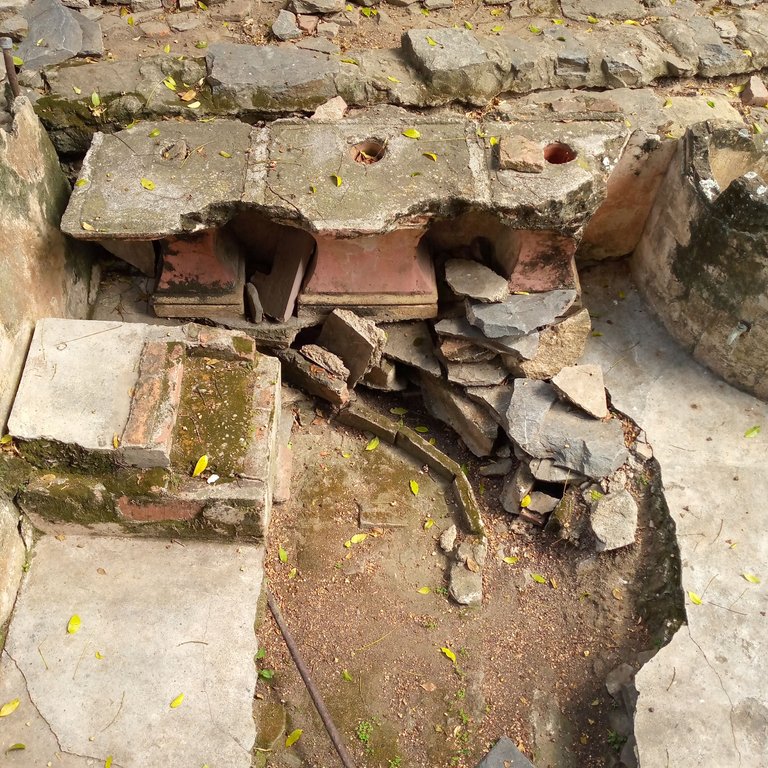
If you live in Caracas, or you are on vacation in this city, I recommend you to visit it.
I hope you liked this post. Thank you very much for reading me, see you next time....
Source:
Fundación Empresas Polar

AHORA EN ESPAÑOL
El casco histórico de la ciudad de Caracas, Venezuela, guarda muchas sorpresas, rinconcitos paradisiacos dentro de la caótica urbe que nos rodea y a pocos pasos de mi residencia, mejor imposible!

Hoy les voy a hablar de mi reciente visita a la Casa de Estudio de la Historia de Venezuela “Lorenzo Alejandro Mendoza Quintero” o como lo señala su nomenclatura Casa 22-24.


Ubicada en el Boulevard Panteón Nacional, entre la Avenida Urdaneta y la esquina de Jesuitas, a menos de 200 metros al norte de la Plaza Bolívar. Es una casa que por fuera no llama mucho la atención. La gran cantidad de personas que transitan este lugar y los buhoneros parados en su fachada no permiten ver la hermosura de la casa, dicho sea de paso, su fachada está descuidada.

Aquí te dejo el código en el mapa [//]:# (!pinmapple 10.508339 lat -66.913531 long Casa Lorenzo Mendoza d3scr)

Historia de la Casa
Resulta que por allá en 1761 (hace 261 años!), los monjes de la orden Jesuitas iniciaron en lo que hoy en día es la casa, la construcción del Colegio de la compañía de Jesús. Por cierto la esquina al norte de esta casa se llama precisamente esquina de Jesuitas, ahora ya sabemos la razón; pero resulta que 6 años después de iniciada la construcción el monarca español Carlos III ordenó la suspensión de los trabajos, o sea, nunca funcionó allí un colegio.


Pero entonces, qué pasó con la casa?; resulta que entre los siglos XVIII y XIX, la casa funcionó como:
- Sede del Batallón de Veteranos de Caracas entre 1771 y 1777.
- Domicilio Real de la casa de la moneda entre 1810 y 1818.
- Instalaciones del Colegio El Salvador del Mundo entre 1849 y 1859.

Hasta que en 1893, el Sr. Lorenzo Mendoza Buroz compró la casa N° 22 y fijó allí su residencia y en 1903 adquirió la casa contigua signada con el N° 24. Ahora ya sabemos la razón de su nomenclatura, Casa N° 22-24. Durante varias décadas esta casa fue residencia de la familia Mendoza.
Aquí hago rápidamente un inciso para no perdernos. Te cuento que Empresas Polar, una de las principales empresas de producción de bebidas y alimentos de Venezuela, fue fundada por la familia Mendoza y a lo largo de sus generaciones el nombre Lorenzo ha permanecido constante, algo así como Aureliano Buendía en el libro “Cien años de soledad” escrito por Gabriel García Márquez.

Por cierto Lorenzo Mendoza Giménez es el actual presidente de Empresas Polar e hijo de Lorenzo Alejandro Mendoza Quintero, cuyo nombre ostenta la casa de la que te estoy hablando.
Luego de muchos años de estar desocupada y con el evidente deterioro de los años, La Fundación empresas Polar inició su restauración y a partir del año 2001, funciona como Casa de Estudio de la Historia de Venezuela, cuyo objetivo principal es fomentar el estudio y difusión de la historia de Venezuela.

Servicios que ofrecen
- Visitas guiadas para grupos.
- Biblioteca con publicaciones de la Fundación Polar. Estaba cerrada al momento de mi visita.
- Salas de exposiciones temporales y permanentes. Al momento de mi visita, estos espacios se encontraban cerrados por remodelación de la casa.
- Café – Restaurant Veroes. Horario de 11:00 a.m. a 03:30 p.m. Ofrece comida nacional e Internacional. Los platos oscilan entre los USD $ 10 a $ 12.
- Programación frecuente de Talleres sobre la Historia de Venezuela. El próximo martes 03 de Mayo de 2022, iniciaran los talleres “Cuéntame la Historia” y “Relatos de los Techos Rojos”, talleres que se prolongarán hasta el mes de Septiembre 2022.

Ahora sí, vamos con la visita
Una vez entras al pequeño pasillo interior eres inmediatamente transportado a otra época. El piso de cerámica antiguo, las altas paredes, los grandes ventanales y sobre todo la luz!

Al final del pasillo te vas a conseguir con un pequeño escritorio donde se encuentran dos oficiales de seguridad, por demás está decir que son muy amables. En este momento te van a pedir:
- El certificado de vacunación Covid, si, así como lo estás leyendo, necesitas presentar en físico o fotografía la constancia de haber sido vacunado.
- Uso de tapabocas, es obligatorio.
- Una vez has presentado tu certificado de vacunación, pasas un detector de metales.
- Si llevas objetos pesados o bolsos, serán guardados en un baúl de la época. Seguramente es para evitar que lleves peso.

Listo, ya estás preparado para tu recorrido.
Un amplio patio interior, te recibe. Tiene una fuente de agua y varias plantas ornamentales, alrededor del cual se encuentran no menos de 10 habitaciones, que son usadas como salas de exposiciones y salón de usos múltiples, en este último lugar son llevados a cabo los talleres.

En la librería te vas a encontrar con una exposición de platos de la época. Se ven muy hermosos.
Justo frente a la Librería hay una pequeña habitación y a su entrada se lee “La Cisterna”. Te cuento que esta construcción subterránea fue usada como depósito de agua, pero la verdad no existe certeza sobre la finalidad de esta construcción. La obra se ejecutó entre 1763 y 1767, ¿recuerdas?, mientras los Jesuitas estaban construyendo el colegio.


De acuerdo a la información en los carteles informativos en esta habitación “…el pozo presenta un desarrollo de 5 metros de largo por 4,5 metros de ancho y 7 metros de profundidad, coronada por una bóveda de medio cañón, elaborada en ladrillos recubiertos de mortero de cal y arena…” Aquí les muestro la foto de la cisterna, pero la verdad sea dicha, en las fotos no se puede apreciar la profundidad, ni magnificencia del pozo.

En los años posteriores a 1767, se hicieron modificaciones a la casa, quedando la cisterna bajo una habitación. Su acceso era a través de unas escaleras. Los historiadores tienen la hipótesis que fue usada como escondite, prisión o depósito. Durante la restauración de la casa, fueron encontrados en este lugar objetos y armas.

Pasando la habitación donde se encuentra La Cisterna, se encuentra un amplio corredor en el que los visitantes se pueden sentar a leer. En el extremo norte hay una vitrola de principios de siglo XIX, un tinajero (filtro de piedra de la época colonial), y varios molinos coloniales.





Desde este corredor tenemos una magnifica vista a los jardines posteriores de la casa, a una gran fuente de agua y el café – restaurante ubicado en el extremo sur del patio.
Justo en este corredor se encuentra el acceso a la biblioteca que consta de 17.000 volúmenes y se ha conformado a través de donaciones y adquisiciones.
Hacia el lindero Sur, justo frente al patio posterior, se encuentra la habitación de “La abuela”, donde podrás apreciar una habitación totalmente equipada con objetos de la época colonial. Está demás decir que es un encanto de habitación. No se puede acceder a su interior, así que solo queda contemplarla desde la amplia ventana.


Finalmente en el lindero Norte del patio posterior, se encuentran los hallazgos arqueológicos de la cocina y baños, construidos probablemente entre 1903 y 1930. Los baños se construían lejos de la vivienda familiar a fin de evitar los malos olores, pues los excusados de esa época, no tenían la descarga de agua en forma de “S” a fin de evitar el retorno de los olores.


Si vives en Caracas, o estas de vacaciones en esta ciudad, te recomiendo que la visites.
Espero que les haya gustado este post. Muchas gracias por leerme, nos vemos la próxima…
Fuente:
Fundación Empresas Polar

Qué buen paseo virtual por la Casa Mendoza:) Hace años que no voy. Recuerdo que en el Café Casa Veroes se comía muy bien.
Gracias por compartirlo, saludos!
Gracias por leer! ... Está muy linda y la están arreglando, así que pronto abrirán los espacios de exposición permanente.
Lo que dan ganas es quedarse allí sentada toda una tarde, leyendo in libro.
Y el café Veroes, está interesante... Creo que un poco costoso, pero vale la pena hacer el intento de comer allí un día.
Ah y próximamente los talleres, por cierto me inscribí en uno de Ellos.
Esa Casa invita a pasarse el tiempo ahí sentada leyendo como dices. El café Veroes siempre fue un poco costoso, supongo que ahora es más. Lo de los talleres parece interesante, yo ahora estoy muy ocupada pero tal vez a finales de año. :) Saludos!
Hola @coquicoin hace como dos meses que no publico en hive. Me da curiosidad que tú has retuiteado mi post. Me podrías contar cómo es ahora el procedimiento. Gracias
Claro! Ahora puedes tweetear los posts de otras personas y recomendar el post para que sea curado por OCD-Posh. Para esto debes dejar el link del comentario con el tweet en el último post de curaduría de OCD Posh. Mira como ejemplo https://peakd.com/posh/@ocd/ocd-posh-curation-compilation-691
Puedes recomendar un solo tweet por cada post.
Cualquier duda si te puedo ayudar, avísame :)
Gracias por tu ayuda. Es decir, tuiteo un post que me guste y luego voy a discord y lo dejo en la comunidad ocd, correcto?
No, ya no lo dejas en Discord. Tienes que dejar el enlace del comentario que envía Posh, como comentario en el último post de curaduría. Fíjate en el enlace que te envié en el comentario anterior. En los comentarios de ese post yo dejé el enlace del tweet que hice de tu post como recomendación.
Ah...voy entendiendo. Lo que dejo en el discord es el enlace del comentario que apareció en mi post. Listo. Gracias.
No exactamente. Ya no lo haces en Discord, el canal de Posh en OCD ya no se usa para promocionar los posts. Ahora se hace en los comentarios de los Posts de curaduria de Posh publicados por OCD.
This post is a gem, it is a very complete review of this beautiful historic site. Beautiful photographs, beautiful description.
Thank you so much. it was a pleasure to do it
Congratulations, your post has been added to Pinmapple! 🎉🥳🍍
Did you know you have your own profile map?
And every post has their own map too!
Want to have your post on the map too?
~~~ embed:1517627516369911819 twitter metadata:VGliYWlyZTc1MTc3MDMzfHxodHRwczovL3R3aXR0ZXIuY29tL1RpYmFpcmU3NTE3NzAzMy9zdGF0dXMvMTUxNzYyNzUxNjM2OTkxMTgxOXw= ~~~
The rewards earned on this comment will go directly to the person sharing the post on Twitter as long as they are registered with @poshtoken. Sign up at https://hiveposh.com.